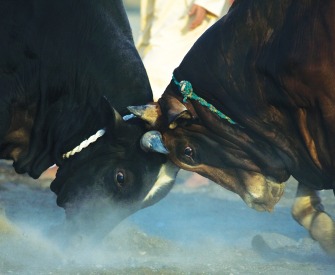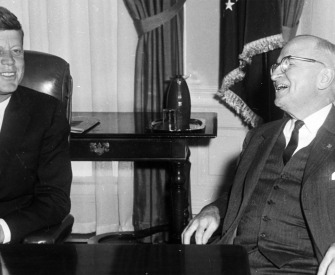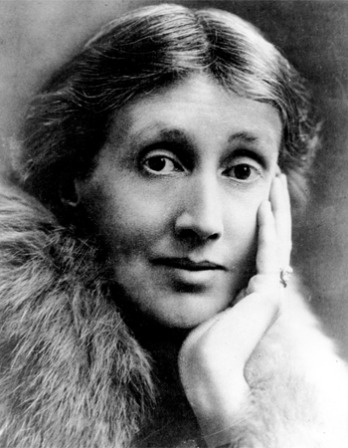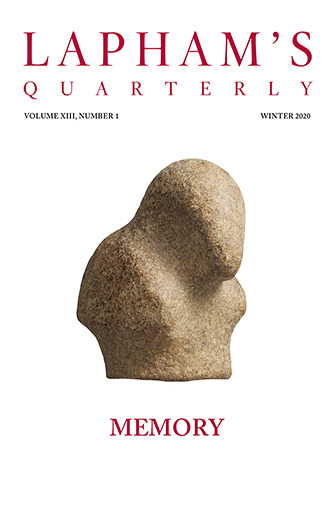If we pretend to respect the artist at all, we must allow him his freedom of choice, in the face, in particular cases, of innumerable presumptions that the choice will not fructify. Art derives a considerable part of its beneficial exercise from flying in the face of presumptions.
—Henry James, 1884Robert Towne on the Plight of Screenwriters
The difficulty of maintaining the cinematic illusion.
No one can really say what makes an effective screenplay, because no one really knows what makes a screenplay effective. Certainly part of the problem stems from the fact that screenplays can’t be judged by reading them. They may read well or badly, but that often says more about the reader than the screenplay.
The only way a screenplay can be evaluated, almost by definition, is not on the page, but by viewing the movie it caused to be made. It certainly can be read and even enjoyed, but you’re stuck with the inescapable fact that it was written to be seen.
“Causing the movie to be made,” incidentally, is no small thing. From it stems the historic hatred Hollywood has always displayed for the screenwriter. No matter what is said about how a movie gets made, one fact is inescapable: until the screenwriter does his job, nobody else, like actors, can do theirs. Until the screenwriter does his job, nobody else has a job. In other words, he is the asshole who keeps everybody else from going to work.
The hatred on their part usually takes the form of contempt for him because he’s not good enough to put them to work—and fear of him because they need him to go to work. Meanwhile, their wrath at being kept waiting is likely to assume various forms. In a sort of mini-Dante-esque exercise, we might say studio execs and agents rage at being kept in limbo, ambitious actors and producers fulminate about doing time in purgatory, and aging movie stars and all directors swear you’ve damned them to hell.
Another reason for their anger is the pervasive tendency to underestimate the true difficulty of the screenplay form. It started with contempt for the form itself, born and bred in those decades when novelists and playwrights would come out to a California bungalow and condescend to knock out a script in a couple of weeks for big bucks so they could go back to their daytime job and do some really serious writing. It’s rare, however, that anyone has an understanding of how disciplined a good script must be, and how much work goes into achieving that discipline.
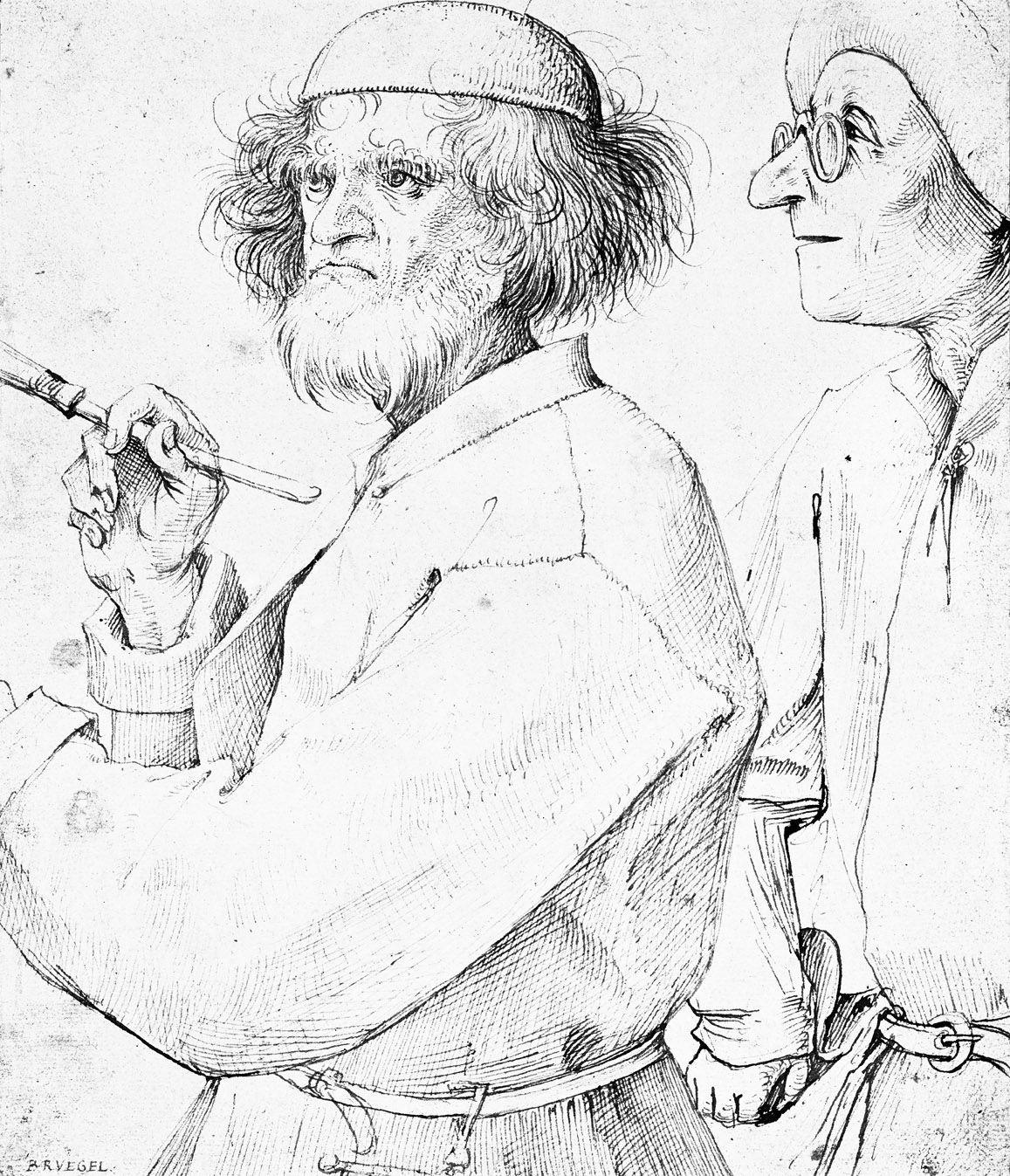
Painter and his Patron, by Pieter Brueghel the Elder, c. 1565. The Albertina, Vienna, Austria.
Then, too, the usual readers for the screenwriter’s script—studio execs, producer, director, cast, and crew—could not exactly be said to approach their task with enlightened disinterest. There is hardly anything more threatening to them than this 120-odd page document. Generally, the writer’s professional colleagues, particularly actor, director, and producer, ask three questions as they read his work, none of which anyone is in a position to answer: 1) Will this script be any good as a movie?, 2) Will it make me look good?, and 3) Will I work again if I do it?
Most screenwriters have never been an ongoing part of a motion-picture production, and most production personnel know it. They therefore know that a screenplay is a peculiar act of prophecy by someone who’s no more licensed to work with a crystal ball than he is experienced in working on a film. That he would presume to write something that’s going to cost fifty million dollars, be cast with actors he doesn’t know and has never met, made with a director and crew he doesn’t know and has never met, on locations that may or may not exist, in weather conditions that may make it impossible to shoot, can only confirm their suspicions about him. The mere fact of writing the screenplay is an act of astonishing arrogance and proves the writer should never have written it in the first place.
However, I think it is true that narrative skill in screenwriting may be at an all-time low. There was an undeniably greater story sense evidenced by the preceding generation of filmmakers. It may have been due in part to the fact that directors like George Stevens and producers like Darryl Zanuck (who also wrote)—for that matter, everyone from Ernst Lubitsch to William Wellman—began their careers in silent pictures. Without sound, they were obliged to think very carefully about making the story and motivation clear. This obsession with story and with clarity never abandoned them when they abandoned silent film.
Why are the director, the producer, the writer less skillful at filming a story now than then? Some of it lies in the disadvantages of present training. A large part of directing talent today comes from the world of music videos and commercials. Directors generally work in thirty- to sixty-second “bytes,” as they say, and therefore narrative skill takes a distinct back seat to visual impact. It’s also regrettably true that the effect of their sixty-second visual/aural barrages is to limit their attention span even as they limit the television audience’s attention span. They don’t allow the actor or the audience to do any “work”—visually they do it for them with shock cuts and long lenses and wild juxtaposition of imagery—so very often, an actor working in motion pictures for a director honed and toned in MTV is shot more like a perfume bottle than a person.
But there are other reasons for the dearth of affecting dramatic screenplays. To look at what I believe is the most critical one, it helps me to go back to the time when I first started looking at movies.
San Pedro, California, in the early ’40s was a big seaport and a small town. It was full of fishermen, merchant marines, cannery workers, dock workers, shipyard workers, soldiers at Fort MacArthur, sailors from everywhere, first-generation Slavs, Italians, Portuguese, Germans, Filipinos, Mexicans, and even a sprinkling of blacks and Jews. Only if you were five years old could you count on English not being the second language of your peers.
It was with just such a crowd of my peers that one Saturday morning in 1941 I took my half-dozen DiCarlo bread wrappers, my dime, and myself to the Warner’s Theater on sixth street in San Pedro to see a bunch of Saturday serials, and Sergeant York. Alvin York was a religious pacifist from a rural Kentucky community so shut off from the outside world in 1917 that it didn’t have electricity, phones, or movies—and for whom New York, let alone Europe, was as far away as Mars.
Still, kids in small-town San Pedro found that they shared common values with a rural Kentuckian like York. Like him, our folks, like most Americans then, didn’t believe in sticking their noses into other people’s business. They were God-fearing, wanting mainly a chance at a decent job, five thousand dollars in the bank, and the opportunity for their children to have an education and a better life than they had had. These were York’s values, and they were ours. They were the truths we held to be as self-evident as the right to life, liberty, and the pursuit of happiness.
If all this is redolent of a Norman Rockwell portrait, a Rush Limbaugh wet dream, its validity didn’t lie in the likelihood that it was or would come true. Like most dreams, its greatest significance was our belief in it. We took heart and example from Sergeant York: his beliefs mattered and his actions counted. And even when our society changed dramatically in the ’60s and ’70s, many films—The Godfather, Taxi Driver, and Chinatown among them—found receptive audiences. They did so by dramatizing the disparity between the Establishment’s view of the country and what many Americans were beginning to take to be the awful truth: Vietnam, Watergate, perceptions of hideous racial inequality. Again, a series of shared beliefs, in this case focusing on what was wrong with the country, created a sense of communion between filmmakers and filmgoers.
We share no such beliefs today. That, in fact, is pretty much at the heart of the screenwriter’s difficulty now: it’s tough to write effectively without common ground between you and your audience. Shared beliefs, like shared experience and shared myths, provide that ground. They give us substance and structure, allow us to interpret and make sense of experience, tell us how we should and shouldn’t behave, help us find significance in our lives. It is belief that makes the real world real and not a surrealistic nightmare. It is belief that makes us think there’s such a thing as truth. It is belief that makes drama—“make-believe”—possible.
For me, this is the problem the contemporary screenwriter faces: how can he tell a compelling story when there’s nothing the audience believes to be self-evident? How can he create an illusion without a contrasting reality against which to gauge the effectiveness of the illusion? It’s difficult to lie credibly without belief in the truth.
© 1995 by Robert Towne. Used with permission of Grove/Atlantic, Inc.
Robert Towne
In 1971 Robert Towne declined Robert Evans’ offer of $175,000 to adapt The Great Gatsby, opting to take $25,000 for an original screenplay on which he was working. The inspiration came from a Los Angeles vice cop who told him that when he was in Chinatown he did “as little as possible.” Towne won an Oscar for Chinatown in 1975 and was nominated for The Last Detail and Shampoo. He was an uncredited script doctor on Bonnie and Clyde and The Godfather.
